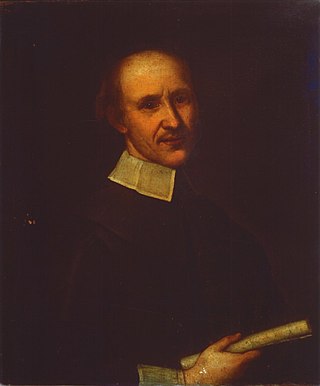Related Research Articles

Benedetto Giacomo Marcello was an Italian composer, writer, advocate, magistrate, and teacher.
The year 1607 in music involved some significant events.
The year 1725 in music involved some significant events.
The year 1716 in music involved some significant events.

Giovanni Legrenzi was an Italian composer of opera, vocal and instrumental music, and organist, of the Baroque era. He was one of the most prominent composers in Venice in the late 17th century, and extremely influential in the development of late Baroque idioms across northern Italy.
The year 1708 in music involved some significant musical events and new works.
The year 1704 in music involved some significant events.
The year 1703 in music involved some significant events.
The year 1639 in music involved some significant events.
The year 1619 in music involved some significant events.

Mattia Preti was an Italian Baroque artist who worked in Italy and Malta. He was appointed a Member of the Order of Saint John.

The year 1622 in music involved some significant events.
Giovanni Battista Bassani was an Italian composer, violinist, and organist.
Fray Bonaventura Rubino was an Italian composer.
Count Pirro Capacelli Albergati was an Italian aristocrat, and amateur composer.
Azzolino Bernardino della Ciaja was an Italian organist, harpsichordist, composer and organ builder.
Mario Capuana was an Italian composer of motets and a requiem.

Bonifazio Graziani was an Italian organist, composer and clergyman in the Baroque period.
Michel’Angelo Grancini was an Italian organist and composer. Grancini composed sacred music. Nineteen volumes were published in Milan (1622–29). Some 200 works are at the Milan Cathedral.
References
- ↑ Margaret Mabbett in Liber amicorum John Steele: a musicological tribute p310
- ↑ Gianna Pomata I monasteri femminili come centri di cultura 2005 Page 27 "Nel 1650 il compositore senese Alessandro Della Ciaia pubblicò il suo secondo volume di musiche... Lamentatione sagre e motetti ad una voce col basso continuo opera seconda. Raccolta e data in luce da Filippo Suchielli, Venezia 1650"
- ↑ Stabat Mater website description of the piece